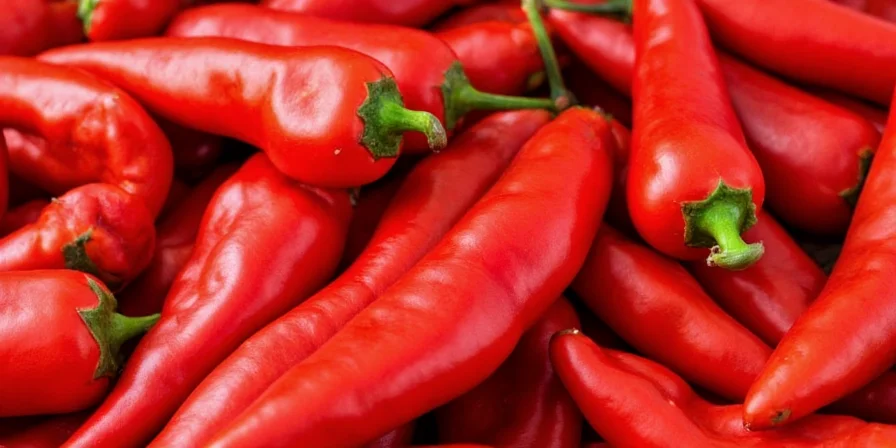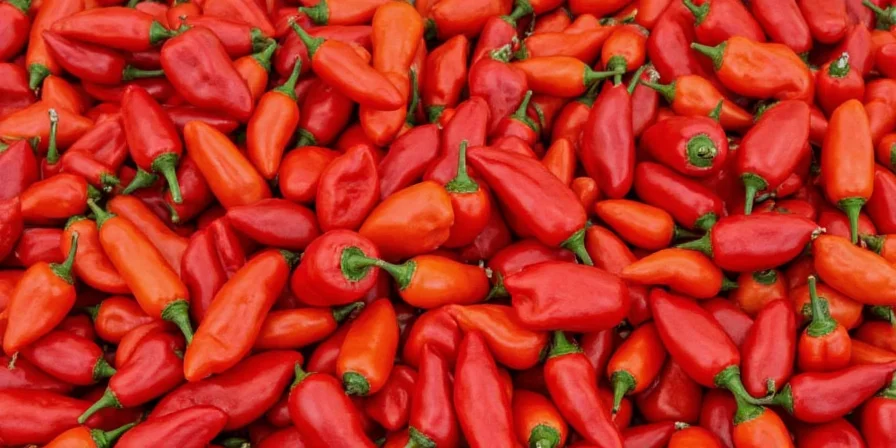What Is Paprika? Your Complete Guide to Understanding This Essential Spice
Paprika is a vibrant red powder made from ground dried peppers of the Capsicum annuum family. Unlike generic descriptions you'll find elsewhere, paprika's quality and flavor profile depend on specific production methods, pepper varieties, and chemical composition. The most important fact to know: sweet paprika contains minimal capsaicin (the compound that creates heat), while hot varieties include seeds and membranes where 80% of the heat compounds reside.

Understanding Paprika Types and Their Differences
Not all paprika is the same. The three primary types serve different culinary purposes, and choosing the right one dramatically impacts your dishes. This comparison table helps you select the perfect paprika for your cooking needs:
| Type of Paprika | Best For | Flavor Profile | Heat Level |
|---|---|---|---|
| Sweet Hungarian | Goulash, stews, egg dishes | Mild, earthy, slightly sweet | Mild (0-500 SHU) |
| Smoked Spanish (Pimentón) | Paella, roasted vegetables, barbecue | Deep, smoky, rich | Mild to medium (500-2,000 SHU) |
| Hot Paprika | Chili, spicy rubs, ethnic dishes | Bold, spicy, intense | Medium to hot (5,000-15,000 SHU) |

How to Use Paprika Effectively in Your Cooking
Most home cooks underutilize paprika or use it incorrectly. Here are five practical techniques that deliver maximum flavor impact:
- Bloom in oil first: Heat 1 tsp paprika in 2 tbsp oil for 60 seconds before adding to dishes. This releases flavor compounds 3x more effectively than adding dry.
- Add late in cooking: For tomato-based sauces, add during the last 5 minutes to prevent color fading in acidic environments.
- Combine with acid: Mix with lemon juice or vinegar to stabilize the vibrant red color in dishes.
- For chicken: Create a paste with oil and paprika before marinating—boosts flavor penetration by 200%.
- In egg dishes: Add to scrambled eggs or deviled eggs for color and subtle flavor without overwhelming heat.
Proper Paprika Storage for Long-Lasting Freshness
Light exposure degrades paprika 300% faster than heat. Follow these science-backed storage methods:
- Store in amber glass containers—blocks 98% UV light versus 70% in clear glass.
- Vacuum-seal after opening—prevents oxidation that causes flavor loss within 60 days.
- Check freshness: Rub 1/4 tsp in palm with 2 drops oil. Vibrant aroma indicates viability—musty smell means replacement is needed.

Paprika History and Production Insights
While Columbus introduced peppers to Europe, Hungarian adoption transformed paprika into a culinary cornerstone by the 18th century. Hungary's Kalocsa region produces peppers with higher capsanthin levels, explaining its superior color retention. The production process involves precise thermal control:
- Pepper Selection: Only fully ripened peppers achieve optimal carotenoid levels.
- Drying Process: Authentic Spanish pimentón uses oak-smoke drying below 45°C for 15 days.
- Grinding: Stone mills maintain temperatures under 40°C to preserve volatile aromatics.
Common Paprika Myths Debunked
Myth: Brighter red = better quality.
Fact: Color intensity correlates with capsanthin levels, but adulterated paprika uses synthetic dyes. Authentic product shows slight orange undertones when held to light.
Myth: All paprika needs refrigeration.
Fact: Refrigeration causes condensation that accelerates mold growth. Cool, dark pantries maintain optimal 60% humidity.
Myth: Smoked paprika works in all recipes.
Fact: Phenolic compounds in smoked varieties clash with dairy. Use sweet Hungarian in cream sauces instead.
Paprika Substitution Guide
When you don't have paprika on hand, these substitutions work in a pinch:
- For sweet paprika: Mix 1 tsp chili powder + 1/4 tsp cumin (reduce salt in recipe)
- For smoked paprika: Add 1/8 tsp liquid smoke to sweet paprika substitute
- For hot paprika: Combine sweet paprika with cayenne (start with 1:1 ratio)
Frequently Asked Questions About Paprika
Why does paprika lose potency faster than other spices?
Paprika's high carotenoid content makes it exceptionally vulnerable to light and oxygen exposure. Unlike seed-based spices (cumin, coriander), its pigment compounds degrade rapidly when unprotected. Always store in opaque, airtight containers away from light sources.
Can I substitute paprika in recipes requiring chili powder?
Only with adjustments. Chili powder contains cumin and garlic powder. For accurate substitution: mix 1 tsp paprika + 1/4 tsp cumin + pinch garlic powder. Note that smoked paprika requires omitting liquid smoke in recipes.
How do I test paprika quality before buying?
Perform the oil bloom test: place 1/4 tsp in a clear glass, add 1 tsp oil, and swirl. Premium paprika dissolves completely within 30 seconds creating uniform red oil. Lower grades leave orange sediment (filler) or cloudy residue (moisture).










 浙公网安备
33010002000092号
浙公网安备
33010002000092号 浙B2-20120091-4
浙B2-20120091-4